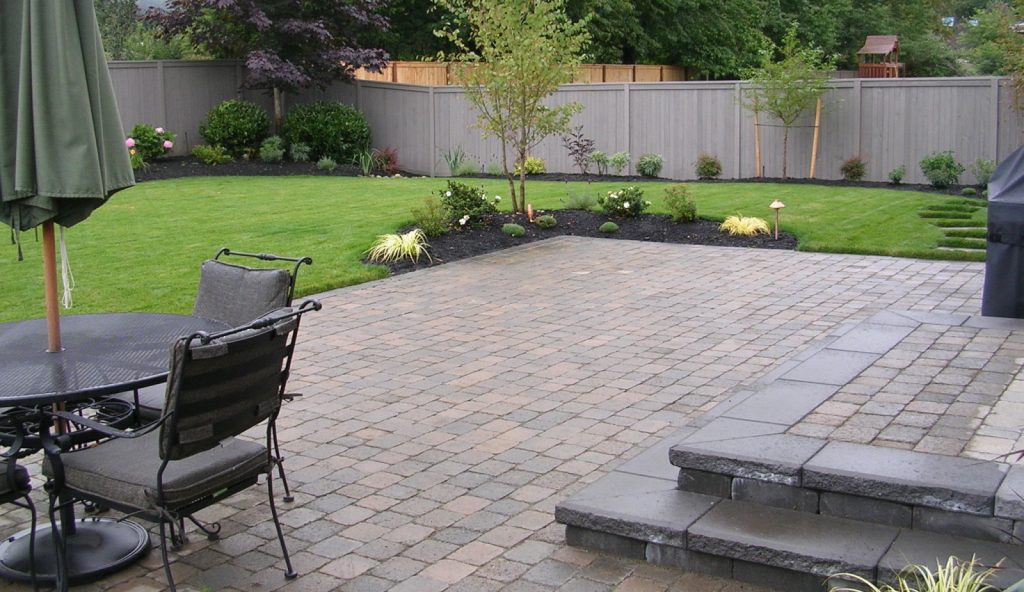The fight to get road space for cyclists began with building pavement outside of cities. More recently, designated bike lanes prove to be safest.
Bicycling is, unfortunately, the source of contentiousness insofar as who gets to use the roads. For some reason, motorists resent human-powered two-wheelers as much as the cyclists are none too pleased with close brush-bys or worse from cars, trucks, and buses.
This is as true today – even as cities install bike lanes – as it was in the 19th century when bicycles were first invented.
Over this time, virtually all forms of transportation (horses, bikes, cars, trucks and now scooters) had surprising advocates and adversaries.
When the first bicycle with pedals was patented, in 1866, pavement was pretty rare. Macadam asphalt, invented in the 1820s, was not widespread, nor was asphalt contractors. Urban areas had their cobblestones and, sometimes, wood block pavers, but bicyclists wanted to go out into the country where rutted mud roads were the best they could expect. No concrete or asphalt was to be found where the best scenery was.
As it was, bicycles preceded motorcars by several decades. It helped that the first bicycle enthusiasts were well-to-do. So they organized. Local groups formed, pressing for public access in cities (police otherwise forced them off streets), which evolved into a national coalition known as the League of American Wheelmen (LAW). Among its membership at the turn of the century (1900) were John Jacob Astor and John D. Rockefeller.
This organization exists today under the gender-neutral name, League of American Bicyclists (LAB), and operates with a $2 million budget and 14 staffers. LAB is part of a larger coalition known as PeopleForBikes, which lobbies for bike lanes.
Going back to bicycling’s origins, a surprising partnership the bicyclists were able to forge in pushing for better roads was with farmers. The agricultural community initially read bicycling as a worthless hobby, a dalliance outside their interests. But when the two-wheel enthusiasts demonstrated that better roads for bikes meant better roads for loaded wagons of hay and corn, the farmers realized that pavement improved their economics: fewer horses were needed and faster transport meant less time required getting to markets. Together, they lobbied Congress to create the Office of Road Inquiry, which ultimately became the Federal Highway Administration.
Still, the need for dedicated bike lanes was recognized even in the 1890s, when Brooklyn’s (New York City) Ocean Parkway was built, a 5.5-mile bikes-only track that terminated at Coney Island. This led to a “sidepath” movement a few years later, which would have created protected bike lanes on all major streets nationwide; alas funding never materialized for it. By 1908 the affordability of the Ford Model T sank the bike movement for decades. It wasn’t until 1967 that Davis, California installed what was America’s first painted bike lanes, copying what was more commonplace in Europe.
In 1968, the Vienna Convention on Road Traffic recognized bicycles as vehicles, a definition that led to much more global acceptance of bikes and bike infrastructure. By 1999, the American Association of State Highway and Transportation Officials (AASHTO) issued its first guidelines for creating bike-friendly streets. Six years later, researchers at the University of Texas/Austin identified how painting bike lanes on streets ensures greater safety; a few years later, research in Montreal identified that protected bike lanes (with physical separations from car lanes) reduce the risk of injury even further. By that time New York City was systematically installing protected bike lanes. When an entire lane in Brooklyn was removed from car usage and dedicated to bicycles, weekday bike commuting tripled.
According to the PeopleForBikes website, the most recent figures reflect 550 miles of protected bike lanes in 124 cities in the US. While there are many more miles of painted bike lanes, which lack barriers and bollards for protection, the protected lanes are found to significantly increase safety and, as a result, overall use.
None of this would be of worth, of course, if the roads were rough, rutted, and potholed. Asphalt and concrete pavement is essential to safe biking – as bicyclists knew well over 100 years ago.


